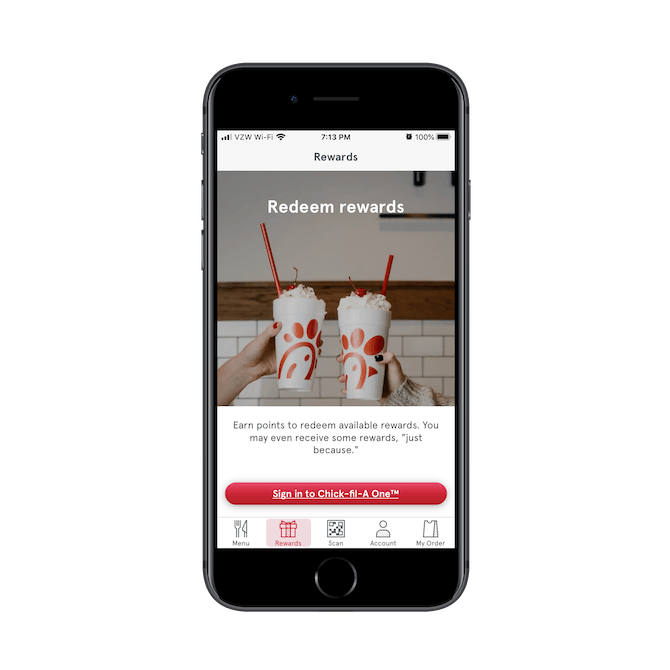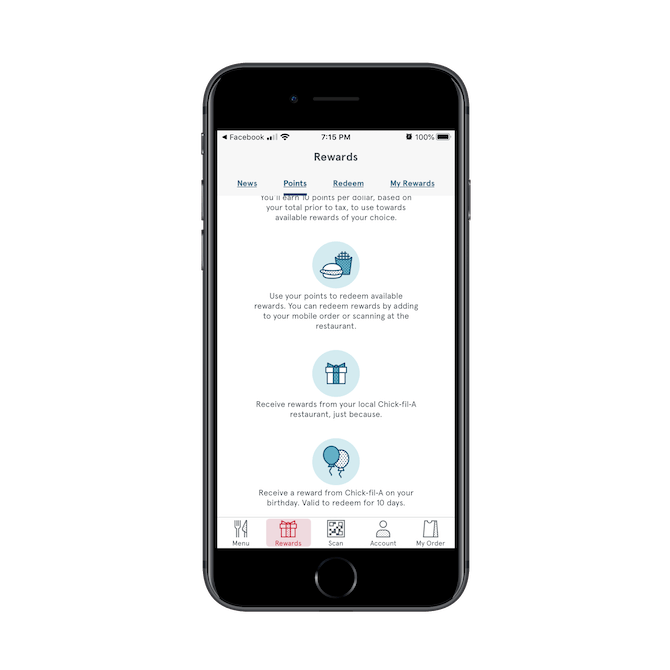This content originally appeared on Telerik Blogs and was authored by Suzanne Scacca
Is there a way to future-proof an app so that it doesn’t go stale so quickly or lose touch with what the target audience needs? Studying millennial values may be the key.
Currently the largest living generation, millennials were born between 1980 and 2000 (more or less). That means that even the youngest of millennials are now contributing members of society. And the oldest are about to enter a period of major growth in terms of wealth and power.
Knowing this, app designers should be focused on building apps for the maturing millennial audience and the things they value. Considering how much of the market they make up and how much more money they’ll be putting into the economy for decades to come, they’re going to be your best bet not just for app success today but long into the future.
Below, we’re going to examine what some of those values are and how to design around them.
Stop with the Distractions
Why?
Millennials value experiences over things. So, they’re not likely to be charmed by mobile apps that feel excessive, wasteful or greedy. Flashy animations. Intrusive pop-ups. Ballsy cash grabs. These things need to go.
How?
The millennial consumer has long learned that, in order to survive, they need to cut back on things they don’t need. By designing your app with the same mentality, you’ll create the kind of experience millennials are accustomed to.
For example, intrusive ads—like video interstitials or mid-experience pop-ups—aren’t likely to work on millennials. But you need to monetize, right? Instead, go with less intrusive monetization methods. Premium subscriptions would be a good option if they increase the overall value of the experience. Affiliate content and links is another good option.
Mint, for instance, is a free budget tracking and planning app. Rather than litter its interface with banner ads or advertise in-app upgrades, it has an entire Marketplace dedicated to its affiliate partnerships:

Not only that, but it clearly explains to app users that these are paid partnerships and Mint makes money if they sign up for any of the products:

This kind of transparency will go a long way with millennial users who often find it hard to trust brands and will hop from brand to brand until they find one worth being loyal to. Honesty goes a long way with this group.
Another thing you can do to give them the experience they want is to allow them to customize how much of it they have to see. Mint does this with its Overview tab.

Users select the modules they want to see when they visit the overview. They can also reorganize the order in which they appear. This is useful if they’re not using certain features or they simply want to simplify how much data they’re receiving about their financial state all at once. Again, this is useful because it allows them to scale back so that the app only has the features and data they need.
As for the rest, just try to keep the experience as simple but complete as possible. Anything that doesn’t belong in the main navigation or on the home tab should be tucked away under a “Settings” or “More” tab. Trust me. Millennials are digital natives, so they know exactly where to go looking for information if it’s not within the main navigation. It won’t go unnoticed.
Take the Fear and Doubt Out of Your App
Why?
Millennials have a tricky relationship with commitment. This is the generation that grew up with social media and FOMO, so it’s no surprise how easy it is for them to grow unhappy with the choices they’ve made, believing the grass must be greener on the other side.
How?
Building a rock-solid app is the most obvious way to gain loyal users. But is the app itself enough to keep them from straying?
Beyond the app experience, you have to look for ways to provide additional assurances. This will depend on the kind of app you’ve built. For instance:
- Travel and hospitality apps should include cancellation clauses.
- Finance apps should include data policies.
- Healthcare apps should include HIPAA policies.
In other words, if there’s a possibility that something could go wrong as users engage with your app, they should be well aware of the risk ahead of time. They should know what you’re doing to prevent it from happening and what you’ll do if anything does happen.
Social media apps have gone to great lengths to address this in recent years, which is smart considering the fallout after Facebook’s 2018 data breach and the huge losses it dealt with as a result.
Here’s how Snapchat addresses it:

The Support, Feedback and More Information sections provide users with all of the information they need related to:
- Privacy questions and concerns
- Safety questions and concerns
- General terms of use
- Bugs and other performance issues
Tik Tok is another app that includes abundant resources to help put users’ minds at ease:

The following concerns are addressed:
- Safety
- Privacy
- Community guidelines
- Data efficiency
- Accessibility
- Digital wellbeing
- Bugs and experience improvement
If your app (social or otherwise) doesn’t yet include this level of attention to privacy, security and performance, I’d recommend adding it now. It would be a shame to build such a great app, only for a technical misstep to cost you your users’ loyalty.
Give Them a Way to “Make” Money
Why?
Millennials earned a reputation early on for being frugal, which is no surprise considering their financial woes. With that came a reputation for loving discounts. Even as millennial spending begins to rise, don’t expect their deal-seeking habits to go away. What perhaps will change, however, is what they consider a “deal.”
How?
We know that millennials are very adept at finding the best deals. The only problem, though, is that deal-hunting leads users to explore comparable options.
So, let’s say you offer a productivity app with basic features for free and the bells and whistles come with a paid subscription. They’re not just going to look at how the value of those features stacks up against your pricing. They’re going to look at how your features and pricing stack up against your competitors.
One solution to this is to advertise a referral program alongside your subscription fees. Your users would see this as a way to earn money and recuperate their investment—something other apps might not offer. In turn, your app captures more business, grows its loyal user base and keeps users from wondering if they’ll get a better deal elsewhere.
If a referral program doesn’t fit with the kind of app you’ve built, use a rewards program instead like Chick-fil-A does:

With a Chick-Fil-A One account, users accumulate points every time they order from the app, scan their receipt or grab a QR code at the drive-thru.

In addition to earning points/money for every dollar spent (which increases as they reach Silver and Red levels), they receive rewards for special occasions and can gift others with points.
If you’d like to keep your millennial users from looking around at what other apps can do for them, let them know how you’re going to put more money in their pockets right from the get-go.
Designing Apps for Millennials Today and Beyond
If you want to build digital solutions that appeal to the majority of consumers and maintain that foothold as their spending power grows, you have to design with millennial values in mind.
While there are many things they’re known for (e.g. entitlement, frugality, etc.), what you need to focus on are the things that drive their loyalty. Simplicity and honesty. Security and convenience. And valuable products and experiences that keep them from worrying about where else to spend their money.
This content originally appeared on Telerik Blogs and was authored by Suzanne Scacca
Suzanne Scacca | Sciencx (2021-05-11T12:54:00+00:00) Are Millennials the Key to Designing Future-proof Apps?. Retrieved from https://www.scien.cx/2021/05/11/are-millennials-the-key-to-designing-future-proof-apps/
Please log in to upload a file.
There are no updates yet.
Click the Upload button above to add an update.
